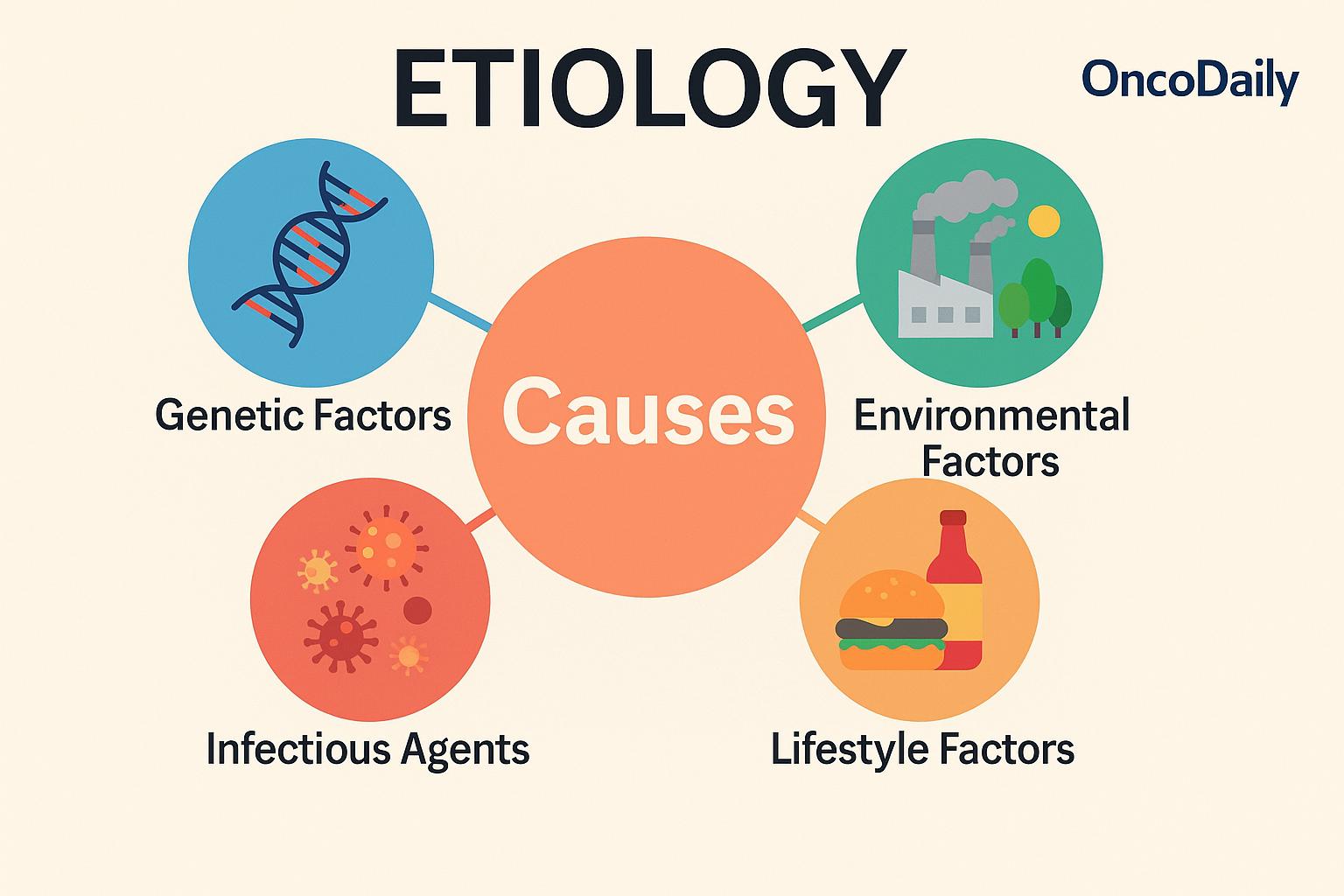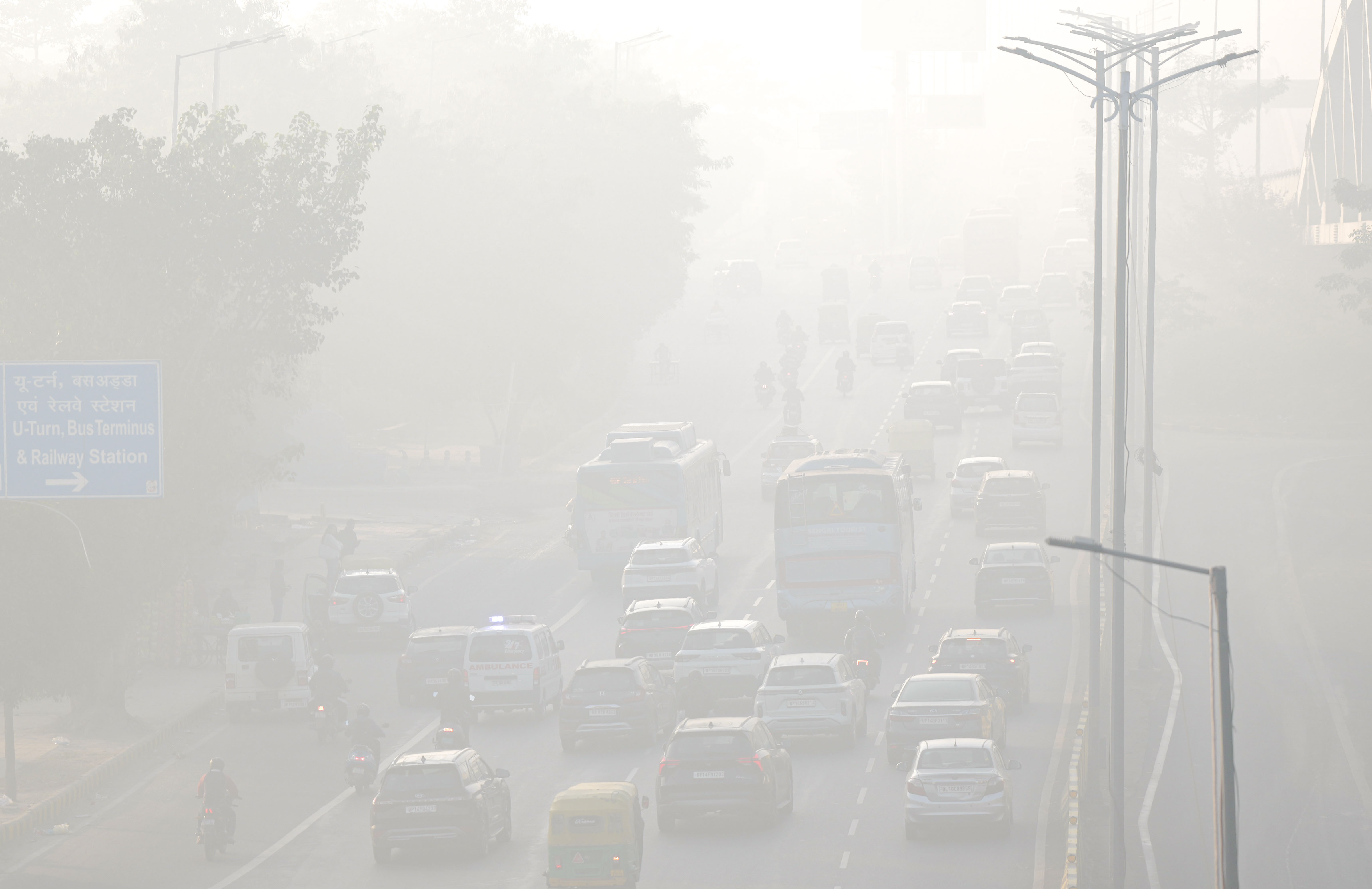Air pollution | Effects, Causes, Definition, & Facts – Britannica

Report on Criteria Air Pollutants and Their Impact on Sustainable Development Goals
This report outlines the six criteria air pollutants as designated by the U.S. Environmental Protection Agency (EPA). It analyzes their sources, impacts, and direct relevance to the achievement of the United Nations’ Sustainable Development Goals (SDGs), particularly those concerning health, clean energy, sustainable cities, and terrestrial ecosystems.
Analysis of Criteria Air Pollutants and SDG Linkages
The management and reduction of the following six pollutants are integral to global sustainability targets. These pollutants serve as key indicators of air quality and their presence in the atmosphere has profound implications for public health, environmental integrity, and sustainable urban living.
1. Carbon Monoxide (CO)
- Sources: Incomplete combustion from automobile emissions, industrial processes, and fires.
- Health and Environmental Impact: Contributes to the formation of smog. In humans, it exacerbates symptoms of heart disease, may cause vision problems, and can reduce physical and mental capabilities.
- SDG Relevance:
- SDG 3 (Good Health and Well-being): CO directly undermines public health, posing risks to cardiovascular and neurological systems.
- SDG 11 (Sustainable Cities and Communities): As a primary pollutant from urban traffic, its reduction is critical for creating healthy and sustainable cities.
2. Nitrogen Oxides (NOx)
- Sources: High-temperature combustion from automobile engines, electricity generation, and various industrial processes.
- Health and Environmental Impact: A precursor to smog and acid rain, it damages foliage and causes inflammation and irritation of human breathing passages.
- SDG Relevance:
- SDG 7 (Affordable and Clean Energy): The link to electricity generation highlights the need to transition from fossil fuels to cleaner energy sources.
- SDG 15 (Life on Land): Its role in foliage damage and acid rain directly threatens terrestrial ecosystems.
3. Sulfur Dioxide (SO2)
- Sources: Combustion of fossil fuels (especially coal and oil) in power plants and industrial facilities, as well as automobile emissions.
- Health and Environmental Impact: A major contributor to haze and acid rain, which damages buildings, monuments, and foliage. It reacts in the atmosphere to form harmful particulate matter and causes breathing difficulties, particularly for individuals with asthma.
- SDG Relevance:
- SDG 3 (Good Health and Well-being): Poses a significant threat to respiratory health.
- SDG 11 (Sustainable Cities and Communities): Acid rain degrades urban infrastructure, compromising the sustainability of cities.
- SDG 12 (Responsible Consumption and Production): Its emission from industrial processes calls for cleaner production patterns.
4. Ground-Level Ozone (O3)
- Sources: A secondary pollutant formed by chemical reactions between nitrogen oxides (NOx) and volatile organic compounds (VOCs) in the presence of sunlight. Primary sources of its precursors include industrial facilities, vehicle exhaust, and chemical solvents.
- Health and Environmental Impact: A key component of smog, it interferes with the respiratory ability of plants and increases their susceptibility to disease. In humans, it reduces lung function and causes inflammation of the airways.
- SDG Relevance:
- SDG 3 (Good Health and Well-being): Directly impacts respiratory health across populations.
- SDG 15 (Life on Land): Harms plant life, affecting agriculture and natural ecosystems.
5. Particulate Matter (PM)
- Sources: Primary particles are emitted from fires, smokestacks, construction sites, and unpaved roads. Secondary particles form from chemical reactions of pollutants like SO2 and NOx from power plants and automobiles.
- Health and Environmental Impact: Contributes to haze and acid rain. Fine particles (less than 2.5 micrometers) can penetrate deep into the lungs, causing irritation, aggravating asthma, and contributing to irregular heartbeats.
- SDG Relevance:
- SDG 3 (Good Health and Well-being): Represents one of the most significant air pollution threats to human health globally.
- SDG 11 (Sustainable Cities and Communities): A primary measure of urban air quality, its control is fundamental to making cities inclusive, safe, and resilient.
6. Lead (Pb)
- Sources: Metal processing industries (e.g., lead-acid battery manufacturing), waste incineration, and combustion of leaded fuels.
- Health and Environmental Impact: Causes a loss of biodiversity and neurological problems in vertebrates. In humans, it is a potent neurotoxin that adversely affects multiple bodily systems, leading to learning disabilities in children and cardiovascular effects in adults.
- SDG Relevance:
- SDG 3 (Good Health and Well-being): Exposure, especially in children, causes severe and irreversible health damage.
- SDG 12 (Responsible Consumption and Production): Its presence necessitates stricter regulations on industrial production and waste management.
- SDG 15 (Life on Land): Its accumulation in ecosystems threatens wildlife and biodiversity.
Analysis of Sustainable Development Goals in the Article
1. Which SDGs are addressed or connected to the issues highlighted in the article?
- SDG 3: Good Health and Well-being: The article extensively details the human health risks associated with the six criteria air pollutants. For example, it mentions that carbon monoxide “exacerbates symptoms of heart disease,” nitrogen oxides cause “inflammation and irritation of breathing passages,” and lead exposure can lead to “learning disabilities when young children are exposed.” These direct impacts on human health connect strongly to SDG 3.
- SDG 11: Sustainable Cities and Communities: The article identifies that gaseous criteria pollutants like sulfur dioxide, nitrogen dioxide, and carbon monoxide are of “primary concern in urban settings.” It lists sources common to cities, such as “automobile emissions” and “residential heating systems.” This focus on urban air quality directly relates to making cities sustainable and safe.
- SDG 15: Life on Land: The environmental risks described in the article align with this goal. It states that sulfur dioxide and particulate matter contribute to “acid rain formation, which subsequently damages foliage.” It also notes that lead can cause “loss of biodiversity” and “neurological problems in vertebrates,” and ozone “interferes with the ability of certain plants to respire.” These impacts demonstrate a direct threat to terrestrial ecosystems.
- SDG 7: Affordable and Clean Energy: The article repeatedly cites “electricity generation” and “fossil-fuel combustion” as major sources for pollutants like sulfur dioxide, nitrogen oxides, and lead. This highlights the environmental and health consequences of current energy production methods, linking the issue of air pollution to the need for cleaner energy sources.
- SDG 9: Industry, Innovation, and Infrastructure: “Industrial processes” are listed as a common source for several pollutants, including carbon monoxide, nitrogen oxides, and sulfur dioxide. This connection points to the role of industry in air pollution and the need for cleaner, more sustainable industrial practices and infrastructure.
2. What specific targets under those SDGs can be identified based on the article’s content?
- Target 3.9: “By 2030, substantially reduce the number of deaths and illnesses from hazardous chemicals and air, water and soil pollution and contamination.” The article’s detailed list of “human health risks” from the six criteria air pollutants, such as asthma, heart disease, and reduced lung function, directly corresponds to the illnesses this target aims to reduce.
- Target 11.6: “By 2030, reduce the adverse per capita environmental impact of cities, including by paying special attention to air quality…” The article’s focus on pollutants in “urban settings” and its provision of a framework for measuring air quality through “criteria pollutants” directly supports the objective of managing and improving urban air quality.
- Target 15.5: “Take urgent and significant action to reduce the degradation of natural habitats, halt the loss of biodiversity…” The article mentions environmental risks such as “damage to foliage” from acid rain and ozone, and “loss of biodiversity” from lead pollution, which are the exact issues this target seeks to address.
3. Are there any indicators mentioned or implied in the article that can be used to measure progress towards the identified targets?
-
Explicit Indicators: The article provides very specific, quantitative indicators for measuring air quality. The table “Criteria air pollutants” lists the “maximum acceptable concentration in the atmosphere” for each pollutant. These serve as direct indicators for monitoring air pollution levels. Examples include:
- For Carbon Monoxide (CO): 9 ppm (8-hour period)
- For Nitrogen Oxides (NOx): 0.053 ppm (1-year period)
- For Particulate Matter: 35 μg/m³ (24-hour period for particles
- For Lead (Pb): 0.15 μg/m³ (rolling three-month average)
These concentrations are used as “indicators of overall air quality” and can directly measure progress towards reducing air pollution as outlined in Targets 3.9 and 11.6.
- Implied Indicators: The article implies other indicators by describing the effects of pollution. For Target 15.5, progress could be measured by tracking rates of “damage to foliage” or monitoring trends in “biodiversity” in areas affected by lead pollution. For Target 3.9, a reduction in the incidence of pollution-related health issues like “asthma,” “heart disease,” and “breathing difficulties” would be an implied indicator of success.
4. Table of SDGs, Targets, and Indicators
| SDGs | Targets | Indicators |
|---|---|---|
| SDG 3: Good Health and Well-being | Target 3.9: Substantially reduce deaths and illnesses from hazardous chemicals and air pollution. |
|
| SDG 11: Sustainable Cities and Communities | Target 11.6: Reduce the adverse per capita environmental impact of cities, paying special attention to air quality. |
|
| SDG 15: Life on Land | Target 15.5: Reduce the degradation of natural habitats and halt the loss of biodiversity. |
|
Source: britannica.com

What is Your Reaction?
 Like
0
Like
0
 Dislike
0
Dislike
0
 Love
0
Love
0
 Funny
0
Funny
0
 Angry
0
Angry
0
 Sad
0
Sad
0
 Wow
0
Wow
0




















































.jpg.webp?itok=0ZsAnae9#)

























